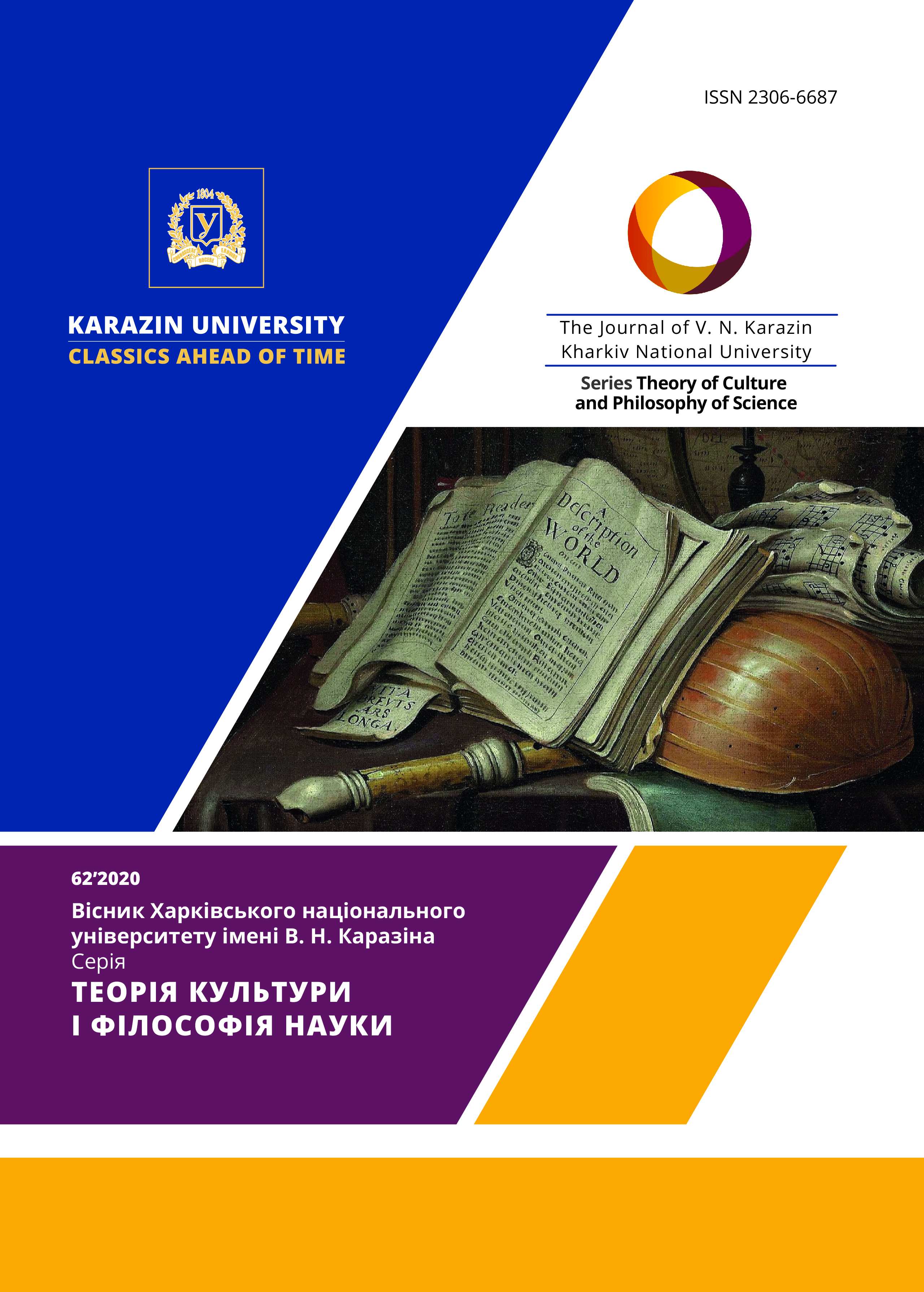PLACE OF METAPHOR IN NEUROPHYSIOLOGY AND THEORY OF ARTIFICIAL INTELLIGENCE
Abstract
The article analyzes metaphor through the prism of neurophysiological approach and theory of artificial intelligence. Also the most important concepts for management of technical object are considered: condition, algorithm and adaptation. Metaphor is an integral element of creative process, its necessary tool, it is metaphorical element in thinking, among others that promotes interaction of logical thinking with insight. Perception of an object means gaining "access" to those programs which control interaction with the object, i.e. through perception that is irrational, relative and limited in humans (and also limited in the robot), is a transition to the rational side of the brain where logical decisions are made. Metaphor and analogy, the abstract operate in the right hemisphere, which is the "producer" of creativity. Thus metaphor is extremely close to creativity and is one of the mechanisms of creative self-realization. Human brain evolved from the brain of animal that interacted with the environment without the help of language and which also has hemispheres of brain. If we consider language as one of the elements of brain improvement, it jeopardizes the approach of many psychologists who believe that language is primary. Animal does not use metaphor when it "communicates" with other animals: it gives signals and signs in its "direct" meaning, while man reinterprets some words through other ones where the spiritual is intertwined with the material. The vestibular apparatus, located in the temporal bone, controls the position of body in space and accelerates its movements, that is why language is spatially oriented, and hence metaphor is. Interestingly, the receptors are also present in the internal organs, such as those that control blood circulation or digestion. Existence of such receptors can explain existence of “occasional” metaphors based not on five known feelings.
Downloads
References
Arbib, M. (2004) Metaphoric brain: Translated from English. / Ed. with a foreword. by D. A. Pospelov. Ed. 2nd, stereotyped. Moscow: Editorial USSR, 2004. 304 p. (Science of the Artificial). (In Russian)
McCulloch, W.S. (1965). Embodiments of Mind, Cambridge, Mass., The MIT Press. (In English)




